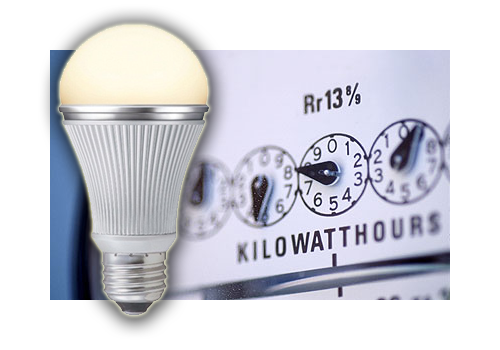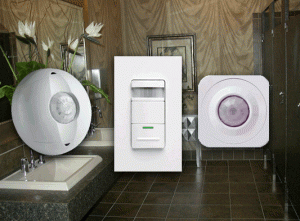LED Lighting Florida
 Synergy Lighting is Florida’s #1 Supplier of LED Lighting. As a leader in solid state LED Lighting, Synergy Lighting currently distributes over 100 brands of LED Lighting. We carry LED Light Bulbs and LED Fixtures from top LED brands such Sylvania LED, Toshiba LED, Halco ProLED, MSI LED, GE, Philips and many more!
Synergy Lighting is Florida’s #1 Supplier of LED Lighting. As a leader in solid state LED Lighting, Synergy Lighting currently distributes over 100 brands of LED Lighting. We carry LED Light Bulbs and LED Fixtures from top LED brands such Sylvania LED, Toshiba LED, Halco ProLED, MSI LED, GE, Philips and many more!
Because of LED Lighting high visual impacts, energy efficiency and long lasting performance, LED lighting can now replace virtually any Incandescent, Halogen or Metal Halide lighting system. Because of this efficiency it is predicted that in the next 20 years LED lighting will replace almost all of conventional commercial lighting systems.
LED Lighting Benefits
• LEDs produce higher lumens per watt than incandescent bulbs
• Precise light distribution doesn’t waste useful light
• Reduces energy waste by up to 95%
• Suitable for nearly any indoor or outdoor application
• Heat emissions are drastically reduced compared to halogen
• 35,000 to 1000,000 hours of useful life
• Most LED lamps are fully dimmable.
• LEDs do not contain mercury, unlike compact fluorescent lamps.
Synergy Lighting Saves You Money!
Synergy Lighting prides ourselves by offering the most affordable price on any LED light bulb, LED lighting fixture or LED Solution. We guarantee the lowest price against any competitor nationwide! Additionally we offer FREE Shipping and delivery of any of over 500 LED Light bulbs! Save time, save money, save energy with Synergy Lighting!
FREE LED Lighting Energy Analysis

Want to know if LED lighting is the right choice for you? Synergy offers Feasibility Studies to existing and potential clients. Our proprietary Feasibility Study focuses on meeting the needs of the clients Energy Management, Lighting Systems, and Environmental Impact & Reduction of Greenhouse Gas Emissions. Additionally our study will identify any potential Incentives or Grants that are available to you as a consumer. This full report and Study is provided free of charge as a courtesy and as our commitment to our environment.

 One of the biggest drawbacks in years past was the use in commercial bathrooms. If a bathroom stall was in use, the partitions would block the sensor from detecting that there was an occupant in the restroom, and the lights may turn out while the bathroom is still in use. Often perople would find themselves waving a hand over the stall door to try and activate the sensor again. This problem has been rectified with the creation of a “Nocc Sensor”, or Noise and Heat Activated Switch. The Nocc Sensor has a decibel rated noise sensor capable of detecting so much as a murmur or footstep, preventing it from turning off even if direct view of an occupant is blocked.
One of the biggest drawbacks in years past was the use in commercial bathrooms. If a bathroom stall was in use, the partitions would block the sensor from detecting that there was an occupant in the restroom, and the lights may turn out while the bathroom is still in use. Often perople would find themselves waving a hand over the stall door to try and activate the sensor again. This problem has been rectified with the creation of a “Nocc Sensor”, or Noise and Heat Activated Switch. The Nocc Sensor has a decibel rated noise sensor capable of detecting so much as a murmur or footstep, preventing it from turning off even if direct view of an occupant is blocked.
